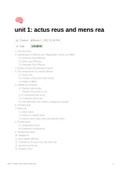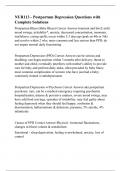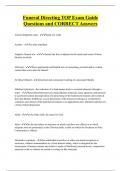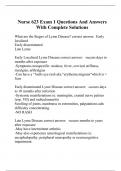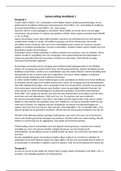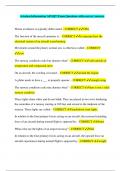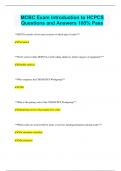Notes de cours
PGDL University of Law Criminal Law Distinction Notes 2023/2024
- Cours
- Établissement
A collection of notes for the Criminal Law module on the PGDL course at University of Law. I took the online course in 2023/2024, and achieved a 79% using these notes.
[Montrer plus]
